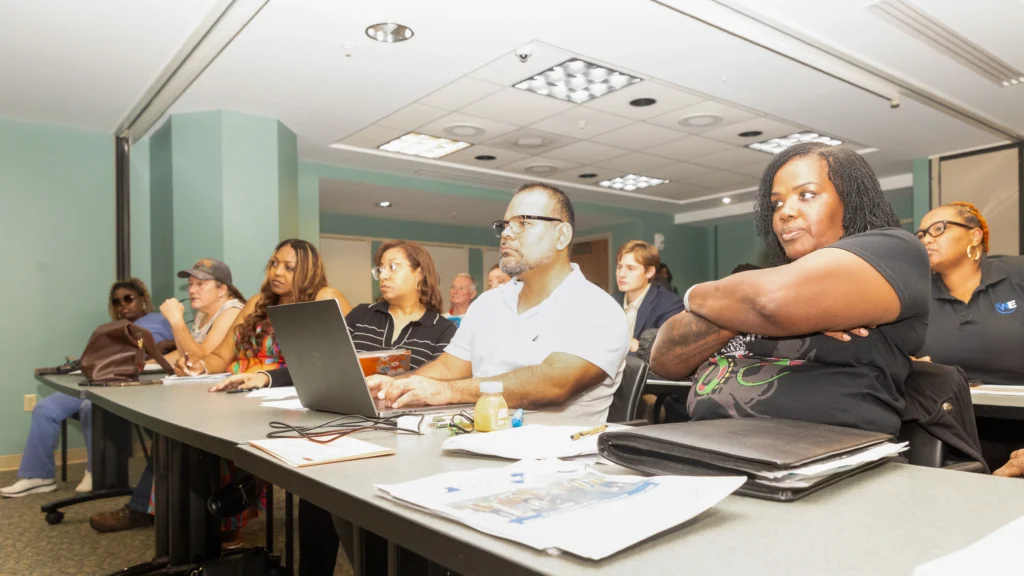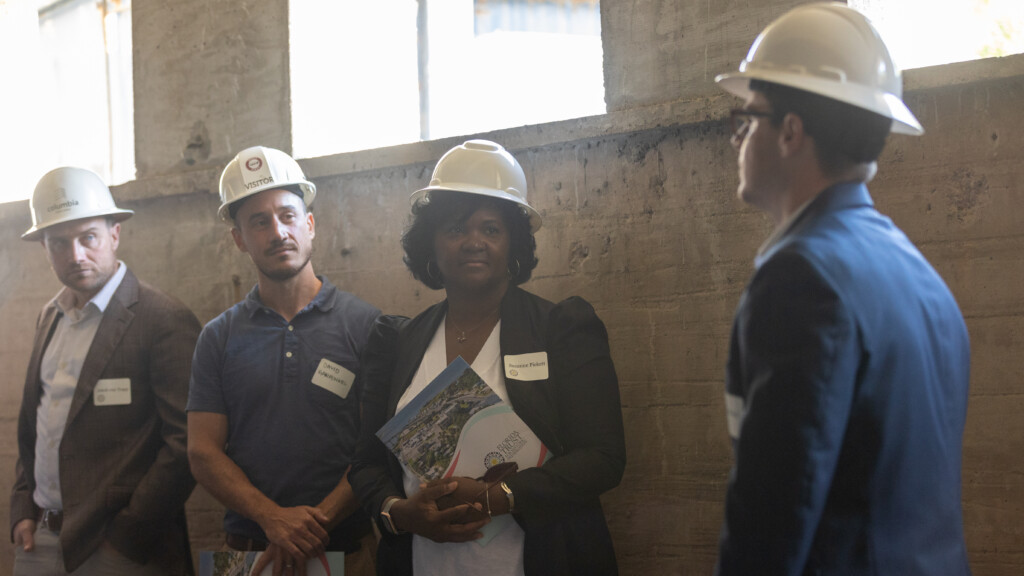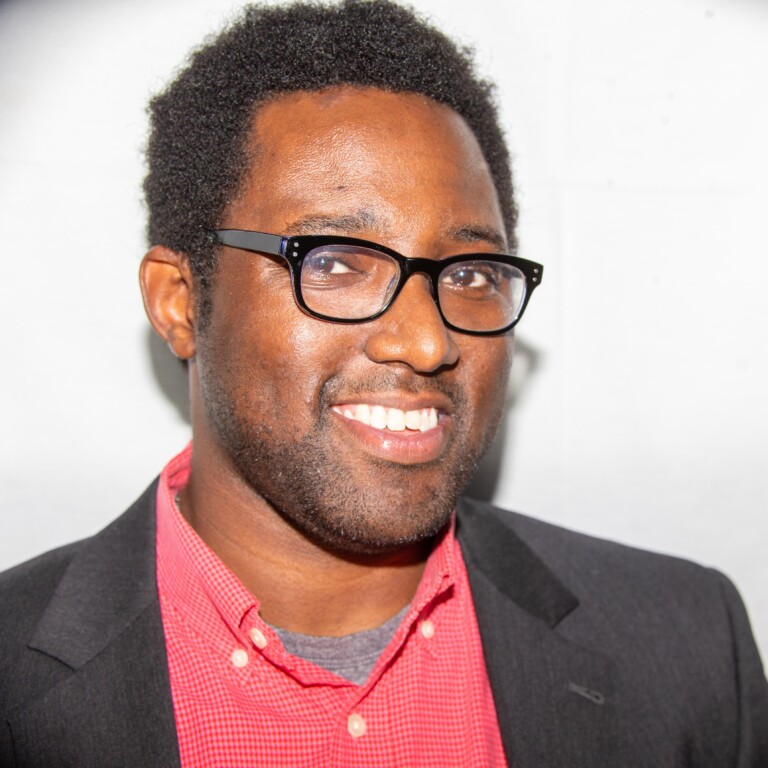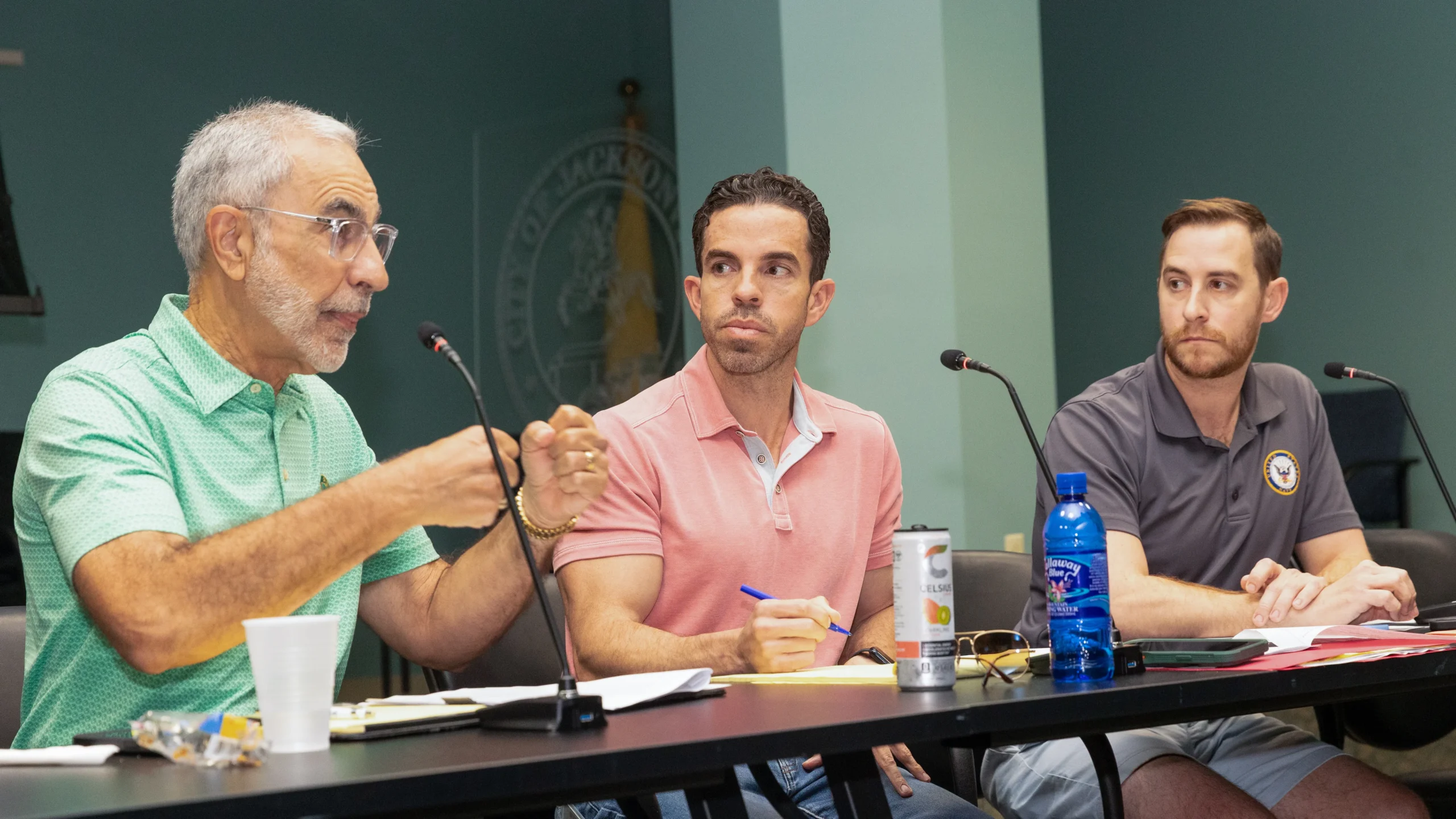There is $40 million reserved for development within the Eastside, but no current consensus on how to spend it.
On Oct. 22, the city of Jacksonville’s Special Committee on the Community Benefits Agreement 2.0 is expected to determine the administrative model for how it will allocate the city’s financial commitment to the Eastside. Regardless of the model, the city’s Eastside investment will focus on affordable housing answers, workforce housing solutions, economic development and homelessness.
The six-person subcommittee will decide between a model that emulates either the Jacksonville Cultural Council’s structure or the Opioid Settlement Proceeds grant program.
The meeting is scheduled for 10 a.m at City Hall.
Cultural Council model
The Jacksonville Cultural Council is a nonprofit 501(c)(3) organization that receives city funds and city oversight each year. The council established the criterium for artists and organizations to apply for grant funding. Its board of directors determines the entities that receive the dollars.
If this model is approved, an Eastside Community Grants Program would be created.
A nonprofit, tentatively called Historic Eastside CBA Organization Inc., would be created to oversee the distribution of the dollars through the grants program. Its nine-person board would feature two appointments from the City Council president; one from the Mayor’s Office; and an appointment from the Jaguars. The five others would either have a financial connection or longstanding legacy in one of the five neighborhoods on the Eastside — Fairfield, Oakland, Campbell’s Addition, Phoenix and Longbranch.
Organizations that receive funding from the Eastside Community Grants Program would not be able to receive funding from other city programs. An organization receiving public money would have to have existed as a Florida corporation for three years and filed three tax returns in order to be eligible. At least half of a recipient’s revenue would have to be outside of public dollars.
Decisions made by the directors would be final and not subject to additional city review.
Opioid model
A seven-person Opioid Settlement Proceeds Grant Committee reviews and assess needs, recommends funding, evaluates applications and awards monies. It is created by the city of Jacksonville and remains a part of city government.
All seven-members of this committee are connected to eradicating the impact of the opioid epidemic in Duval County, through their role as a health care provider, mental health professional or within the Florida Department of Health in Duval County. Madelaine Zarou is the city’s director of opioid abatement who manages the committee.
If this model is approved, an Eastside Grants Committee would be created to “review, evaluate and score grant applications.” The committee would have nine members, four of whom would be appointed by the mayor, four selected by the City Council president and one selection from the Jaguars.
A manager of the program would be appointed. They would be a city of Jacksonville employee, similar to Zarou.
Political perspectives
Nearly three dozen legacy Eastside residents, current residents, business owners and organizational leaders listened to a town hall meeting at City Hall on Oct. 8 as the two models were presented. There was evident disagreement among the speakers and spectators.

Deputy General Counsel Mary Staffopoulos said City Council can later change the model that is picked.
Council member Jimmy Peluso, a subcommittee member whose district includes the Eastside, is in favor of the Cultural Council model.
Council member Ron Salem, also a subcommittee member, said earlier this month that he prefers the opioid model. The subcommittee chair, council member Raul Arias, says he does not have a preference.
The creation of a new nonprofit, which would follow the proposed Cultural Council model, was brought forward by a group of Eastside residents and advocates last year. It was further discussed in a subcommittee meeting in May.
A final decision about the administrative model was supposed to have been decided before the 2025-26 fiscal year began on Oct. 1.
Instead, the city has allocated $4 million from the current fiscal year’s budget for Eastside initiatives, with no clear direction on how to spend it.
“We thought we were making progress. It turns out they really don’t want (the Cultural Council) model,” Arias told Jacksonville Today. “That’s why we have been taking so long. … The community is not buying into it. They don’t want it. I want to delay this process, rather than shoving it down their throat.”
Disagreement Out East
The monies are part of the Community Benefits Agreement that was agreed between the city of Jacksonville and the Jacksonville Jaguars as part of their stadium renovations.
The $300 million CBA called for the city to commit $150 million to parks, countywide initiatives and the Eastside. The Jaguars pledged an additional $150 million in the largest community benefits agreement in North American professional sports.
During the seven years between the 2025-26 fiscal year until the 2031-2032 fiscal year, the city of Jacksonville must devote $40 million to initiatives that support the Eastside. The Jaguars will devote $75 million, paid through $2.5 million installments, between 2028 and 2058 to Eastside initiatives.
Suzanne Pickett has worked for more than a decade to beautify and improve the Eastside. She was a part of the Together Eastside Coalition, a group of community members, pastors, legacy residents, entrepreneurs and more who met for multiple years to implore investment Out East.

Pickett is a fourth-generation Eastside resident who serves as the president of the Historic Eastside Community Development Corp. She believes the creation of a nonprofit similar to the Jacksonville Cultural Council is an administrative model that would be the most efficient way to get grant dollars into the Eastside community.
Pickett attended the Oct. 8 meeting that featured acrimony and caustic comments from the chorus.
In recent years multiple groups have been established to advocate for the Eastside, connect businesses with Out East, establish community festivals and more.
In August, Florida Division of Corporations records show a nonprofit, Together Eastside Coalition Inc., was created by Williams’ Grocery owner Randy Austin. It is separate from the group Pickett worked with for years.
Austin is a legacy Eastside resident, whose family-owned business is in the Longbranch neighborhood. It’s a part of the Eastside where he and other business owners have lamented has been ignored because it is north of the Martin Luther King Jr. Expressway.
“I think if all the organizations are mission driven, and impact aligned in making sure the Eastside thrives — it’s better if we get there peacefully,” Pickett says. “If we have the same focus of making sure the Eastside receives the development it deserves, then, at the end of the day, we will all be satisfied.”
Once the subcommittee makes its recommendation, the legislation will go before the full City Council for approval.







